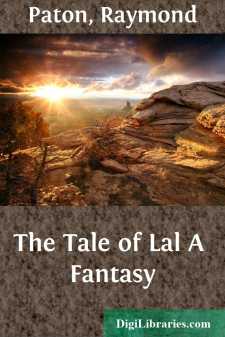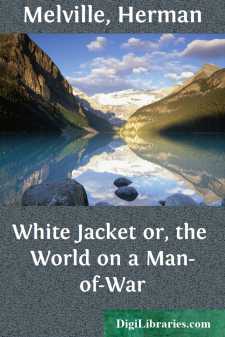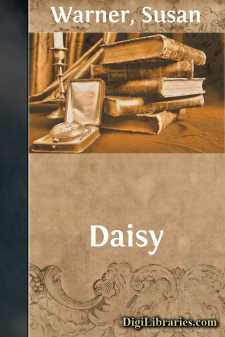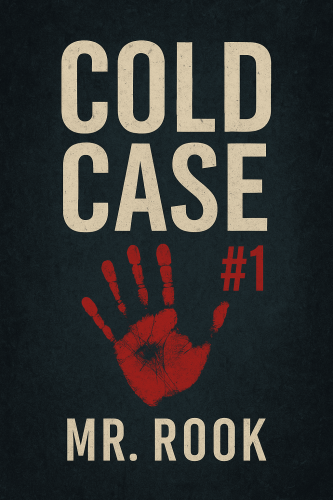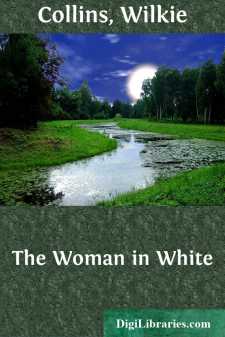Categories
- Antiques & Collectibles 13
- Architecture 36
- Art 48
- Bibles 22
- Biography & Autobiography 813
- Body, Mind & Spirit 142
- Business & Economics 28
- Children's Books 17
- Children's Fiction 14
- Computers 4
- Cooking 94
- Crafts & Hobbies 4
- Drama 346
- Education 46
- Family & Relationships 57
- Fiction 11829
- Games 19
- Gardening 17
- Health & Fitness 34
- History 1377
- House & Home 1
- Humor 147
- Juvenile Fiction 1873
- Juvenile Nonfiction 202
- Language Arts & Disciplines 88
- Law 16
- Literary Collections 686
- Literary Criticism 179
- Mathematics 13
- Medical 41
- Music 40
- Nature 179
- Non-Classifiable 1768
- Performing Arts 7
- Periodicals 1453
- Philosophy 64
- Photography 2
- Poetry 896
- Political Science 203
- Psychology 42
- Reference 154
- Religion 513
- Science 126
- Self-Help 84
- Social Science 81
- Sports & Recreation 34
- Study Aids 3
- Technology & Engineering 59
- Transportation 23
- Travel 463
- True Crime 29
The Tale of Lal A Fantasy
by: Raymond Paton
Description:
Excerpt
A PREFACE
The aspect of Trafalgar Square, like everything else in the world, depends largely upon how it is viewed, and through whose eyes it is seen.
A Japanese artist, for instance, visiting London, immediately selected Trafalgar Square seen by night-time as a subject for a picture. He thoughtfully omitted any suggestion of either omnibuses, taxi-cabs, or the populace.
He likewise decided that all the statues were most unpicturesque, and the varied and flashing electric advertisements to be seen hung up on high around the Square were not only hideous but impossible.
Consequently this imaginative being flung upon his canvas a mysterious blue space, void of anything save the brilliantly coloured lanterns of his own land, swung upon bamboo poles, trembling in the darkness at picturesquely convenient distances. The effect was quite beautiful, but of course it could not in any way be considered as a reasonable likeness of this particular Square.
A French artist also selecting this portion of London for a picture, determined at once that it would be more becoming, not to say diplomatic, to paint only one end of the low stone wall surrounding the Square; yet entertaining doubts afterwards that it might not perhaps be recognised, he added the central stone cupola of the National Gallery, appearing over all like a hastily bestowed blessing, but covered the remaining space upon his canvas with imaginary stalls of glowing flowers, and even more imaginary flower-sellers. His picture was greatly admired, and very much resembled the Market Square in Havre upon a Monday morning.
A Spanish artist chancing to pass the same way, likewise hastily completed a picture of Trafalgar Square as he wished to see it, adding by way of a decorative effect a lattice-work of trellised vines like unto his beloved vineyards of Andalusia. Dwarf oranges grew in profusion and hung their coloured golden globes over the squat stone walls. A brilliant Southern sun beat upon both, baking the walls red-hot and ripening the oranges at one and the same time. This picture the artist named Trafalgar Square when the Sun Shines.
A Cubist painter, not to be outdone with regard to his point of view of such a subject, covered an immense canvas with wonderful heaving squares of ochre and green, viewed from a background suggesting endless mud. This suggestion, however, may have been in the nature of a small tribute to the usual condition of the London streets. This production which the Cubist artist was optimistic enough to name simply Trafalgar Square, was instantly bought by a famous geologist, who to this day indulges in the beautiful belief that he possesses the only indication of what this particular portion of the world was like before ever the earth was made.
Last of all arrived a Futurist painter, who painted everything in Trafalgar Square, and nothing that did not appear in it. The painter, however, selected a really wonderful aspect of the Square, seen from a most strange angle, a sort of bird's-eye view of it, which could only have been obtained from a balloon....


